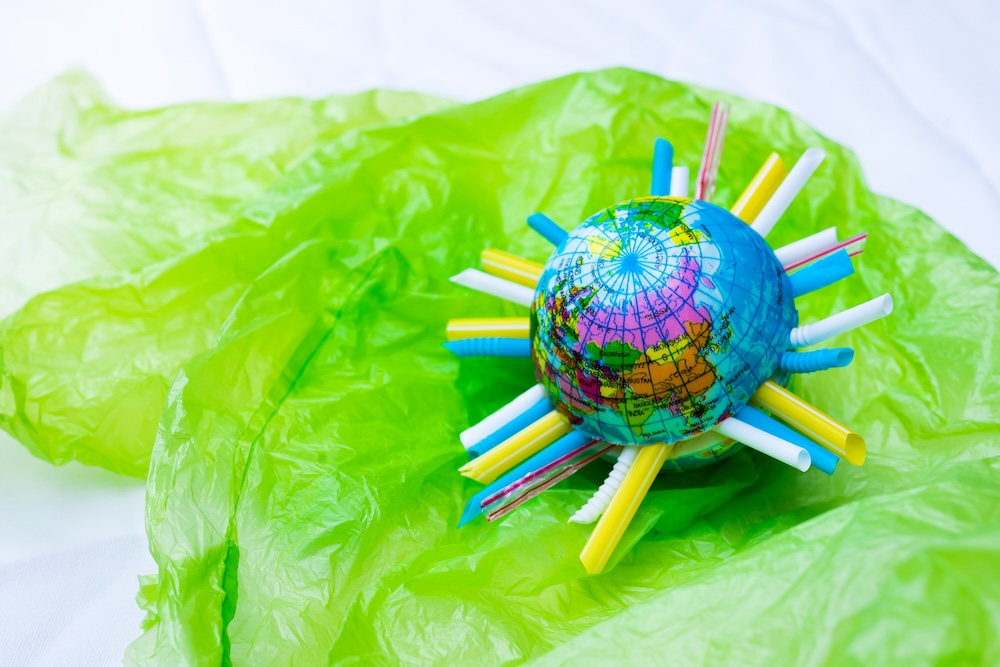What Is Environmental Protection?
Environmental protection refers to the policies, actions, and efforts designed to preserve natural ecosystems, reduce pollution, and safeguard biodiversity for future generations. It encompasses everything from conservation laws and wildlife protections to individual actions like recycling and reducing emissions.
With climate change, deforestation, pollution, and species loss accelerating at alarming rates, environmental protection isn’t just an ideal—it’s a necessity.
Why Environmental Protection Is Urgent
Climate Change
- Rising global temperatures are causing sea level rise, extreme weather events, and disruptions to food and water supplies.
- Without environmental protections, emissions from industry, transportation, and deforestation will continue to intensify these effects.
Biodiversity Loss
- Pollution, habitat destruction, and climate change are leading to mass extinctions.
- Every species lost affects ecosystems and reduces nature’s ability to self-regulate, making the planet more fragile.
Public Health Impacts
- Air and water pollution contribute to asthma, cancer, neurological damage, and other health issues.
- Environmental protections help limit exposure to toxins, pathogens, and degraded living conditions.
Key Areas of Environmental Protection
Air Quality
- Enforcing clean air regulations, reducing vehicle emissions, and monitoring industrial pollutants.
Water Conservation and Clean Water Access
- Protecting water bodies from contamination.
- Promoting sustainable water use and infrastructure improvements.
Forest and Land Preservation
- Reforestation, sustainable agriculture, and protections against illegal logging and mining.
Wildlife and Biodiversity
- Protected areas, endangered species legislation, and anti-poaching efforts help maintain ecological balance.
Waste Management
- Recycling programs, composting, e-waste regulation, and reducing single-use plastics.
Environmental Protection Agencies and Laws
United States
- EPA (Environmental Protection Agency) oversees air, water, and land protections.
- Laws like the Clean Air Act, Clean Water Act, and Endangered Species Act guide policy.
International
- Agreements like the Paris Climate Accord, Montreal Protocol, and UN Sustainable Development Goals outline global commitments.
How You Can Help
- Use less energy: Choose efficient appliances, unplug devices, and consider renewable sources.
- Reduce plastic use: Opt for reusable items and support plastic-free initiatives.
- Support green businesses and policies: Buy from companies that prioritize sustainability and vote for climate-forward leaders.
- Educate and advocate: Share information, volunteer, or donate to environmental nonprofits.
Common Questions
Is environmental protection just about climate change?
No—it includes everything from clean water and air to wildlife preservation and safe waste management.
Does recycling really help?
Yes, especially when done properly and combined with reducing consumption overall.
Can one person make a difference?
Absolutely. Collective change is made up of millions of individual actions.
Final Thoughts
Environmental protection is about defending the only home we have. Every action—big or small—helps reduce harm, restore ecosystems, and build a livable future. The time to act is now, not just for the Earth, but for our health, economy, and shared humanity.
Let’s be the generation that restores instead of exploits, and protects instead of postpones.







Reader Interactions